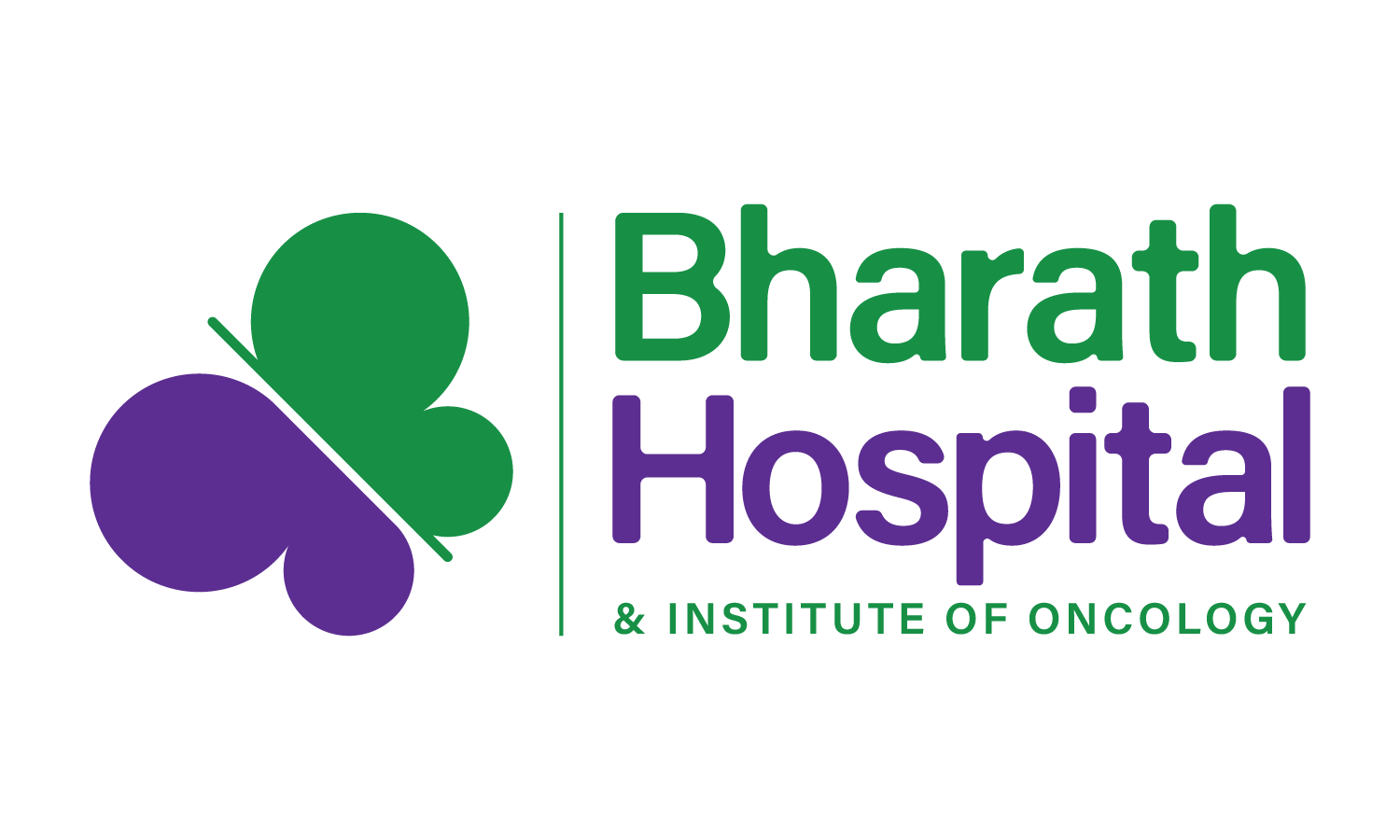Imaging services
Overview
The best way to fight cancer is to find it early, and that is achieved through timely diagnosis. The process of identifying the right treatment plan for a patient starts with screening, which at BHIO is available for breast cancer, cervical cancer and prostate cancer through mammography, PAP smear or PSA for the respective conditions. The process of diagnosing other cancers involves various diagnostic procedures, such as PET CT, CT, MRI and X-ray, which is then followed by evaluation through blood tests, biopsy and liquid biopsy.
An accurate diagnosis can be achieved using digital mammography/MRI. This helps in identifying suspicious lesions more accurately than their historical counterparts. Image-guided biopsies help in reducing false and negative rates.
Radiography
General radiography exams take images of different parts of the body, such as the chest, foot, hand or even spine. X-rays are relatively quick procedures that require the patient to hold still for only a few minutes at a time. Plain x-ray examinations are radiographs taken of the lungs, skeletal system and soft tissues without the use of contrast medium. X-rays are helpful in constructing images of structures inside the body to detect and stage a tumour. They are also helping in analysing the patient’s response to the cancer treatment.
Mammography
Mammography is a specific type of imaging that uses a low-dose x-ray system for examination of the breasts. It plays a central part in early detection of breast cancers because it can show changes in the breast up to two years before a patient or physician can feel them during physical examinations.
Ultrasound (Sonography)
An ultrasound scan is a medical test that uses high-frequency sound waves to capture live images from the inside of your body. It is an imaging method that uses high-frequency sound waves to produce images of structures within your body. An ultrasound helps to find a tumour by showing the tumour’s exact location in the body and thereby also aids in performing biopsies.
Ultrasound-guided procedures are simply a technique to stimulate the tissue underneath the skin’s surface using high-frequency sound waves. The ultrasound images are taken in real-time to show the movement of internal organs, as well as blood flow. They are considered safe and minimally invasive.
Colour Doppler Flow Imaging (also called triplex ultrasound) is an enhanced form of Doppler ultrasound technology. In a procedure similar to duplex ultrasound, it uses colour to highlight the direction of blood flow. Doppler ultrasound tests are used to help our healthcare professionals find out if you have a condition that is reducing or blocking your blood flow. Its enhanced sensitivity helps in detecting cancer lesions and predicting the malignancy.
Computed Tomography (CT) Scan
CT scan is a diagnostic procedure that can show a tumour’s shape, size, and location. This scan can even show the blood vessels that feed the tumour. A CT scan can be used to visualise nearly all parts of the body and is also helpful in planning medical, surgical or radiation treatment for cancer cases. CT scans also help in monitoring the treatment response among cancer patients.
CT-Guided Procedure
This is a procedure performed by the BHIO radiologist to obtain a small tissue sample through a needle. This is done to make an accurate diagnosis and plan future management. This is a minimally-invasive procedure and is an alternative to an open surgical biopsy.
Procedure Overview:
CT-Guided Procedures are an excellent, minimally-invasive alternative to surgery. Common procedures that use CT guidance include biopsies of lesions, drain placement into fluid collections and radiofrequency ablation of a tumour. CT-Guided procedures are generally very safe and quick, and can usually be performed with minimal discomfort using moderate sedation.
Nuclear Medicine
Positron Emission Tomography (PET) Positron emission tomography (PET) is a type of nuclear medicine procedure that measures the metabolic activity of the cells of body tissues. PET is actually a combination of nuclear medicine and biochemical analysis. PET helps to visualise the biochemical changes taking place in the body, such as metabolism. This procedure helps detect abnormal metabolic activity by cancer cells within the body. PET is most often used by our oncologists at BHIO, neurologists and neurosurgeons, and cardiologists.
Specialist

Dr. Amogh K.M
Dr AMOGH K M is consultant radiologist at Bharath hospital and institute of oncology. He joined in the year 2014.
Dr AMOGH K M completed his MBBS from JSS Medical college, Mysore in 2005 and post graduation in radiology from national board of examinations, New Delhi in 2010. He has done fellowship in oncologic imaging from national cancer centre Singapore in the year 2013.

Dr. Prashanth G R
Dr. Prashanth G R Consultant – Nuclear Medicine, completed his MBBS in the year 1996 and his post graduation in the year 2003. He joined Bharath Hospital and Institute of Oncology, Mysuru in the year 2013. He has clinical experience of around 24 years.



